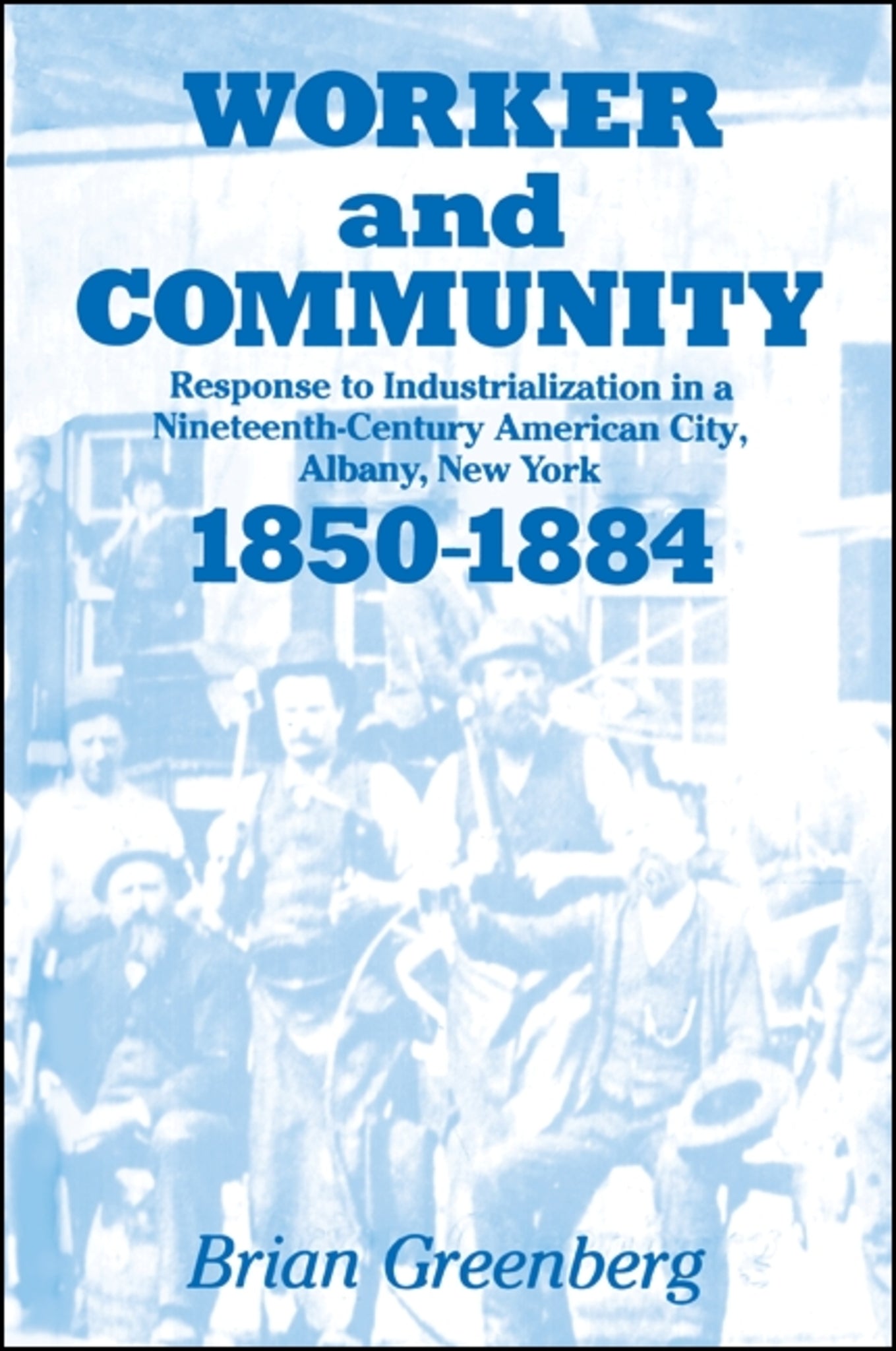We're sorry. An error has occurred
Please cancel or retry.
Worker and Community

Some error occured while loading the Quick View. Please close the Quick View and try reloading the page.
Couldn't load pickup availability
- Format:
-
01 September 1985

Worker and Community focuses on the social and cultural impact of industrialization in Albany, New York during the middle decades of the nineteenth century. More than a local study, it uses Albany as a laboratory in which to examine this important force in social history.
The study looks first at the full range of economic actions in which the city's workers participated between 1850 and 1884-organized strikes, labor riots, public demonstrations, and reform movements. It also examines community influences as workers defined themselves in part through affiliation with a particular ethnic group, church, fraternal society, and political party. The worker's struggle against prison contract labor, as discussed in Greenberg's text, reveals acceptance of the free labor tradition along with an emerging interest-group consciousness.


Acknowledgments
Introduction
1. Industrialization and the Awakening of Class Consciousness
Part I
2. Workers and Free Labor
3. Militancy and Consciousness: The Emergence of a Commonwealth Ideology
4. Labor on the Defensive
Part II
5. Free Labor Fraternalism: The Independent Order of Odd Fellows in Albany
6. The Albany Penitentiary: Model for an Orderly Society
7. Socialization and Acculturation: Religion, Ethnicity, and Politics in Albany
Part III
8. The Anti-Prison Contract Labor Movement: A Study in Albany Workers' Evolving Consciousness
Notes
Bibliography
Index



